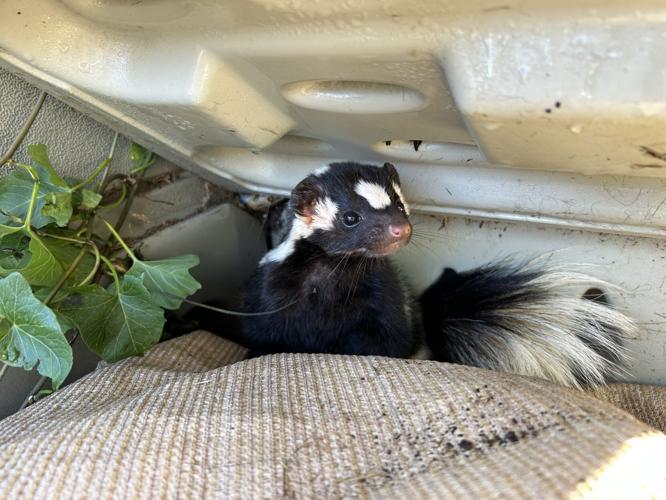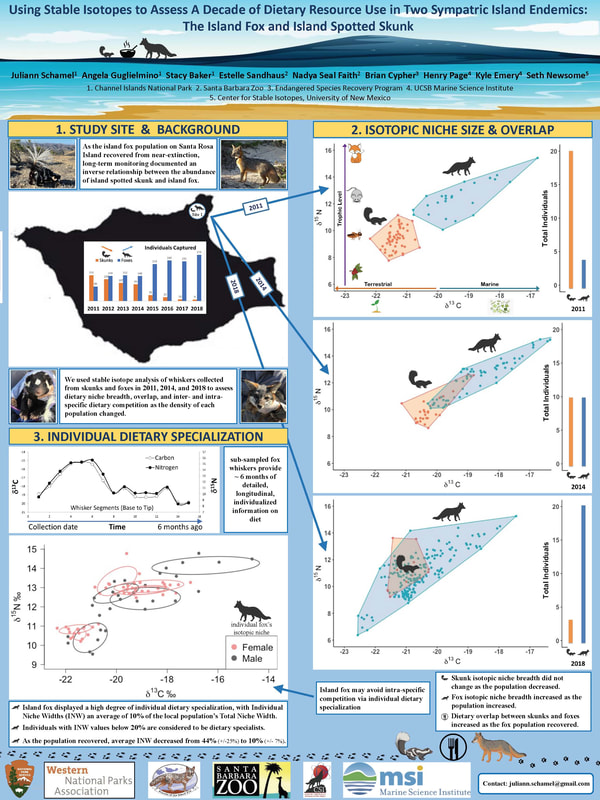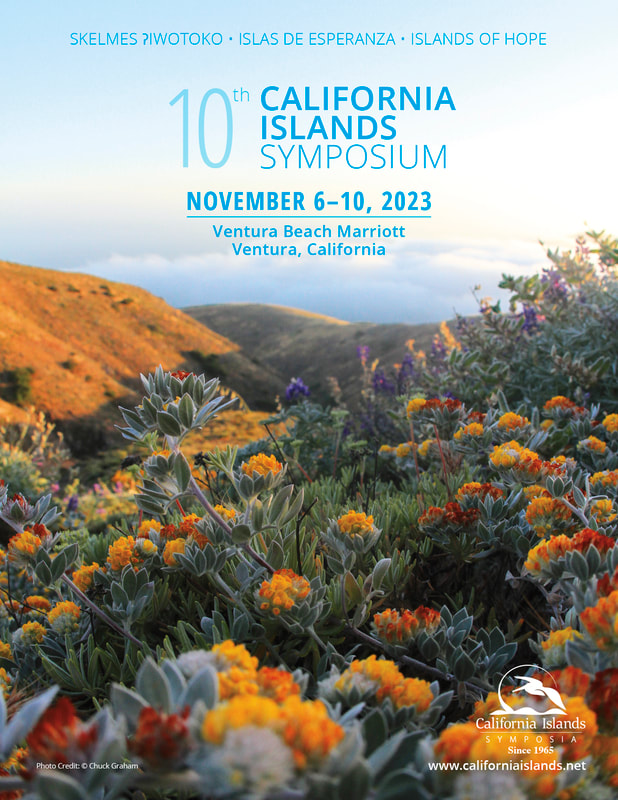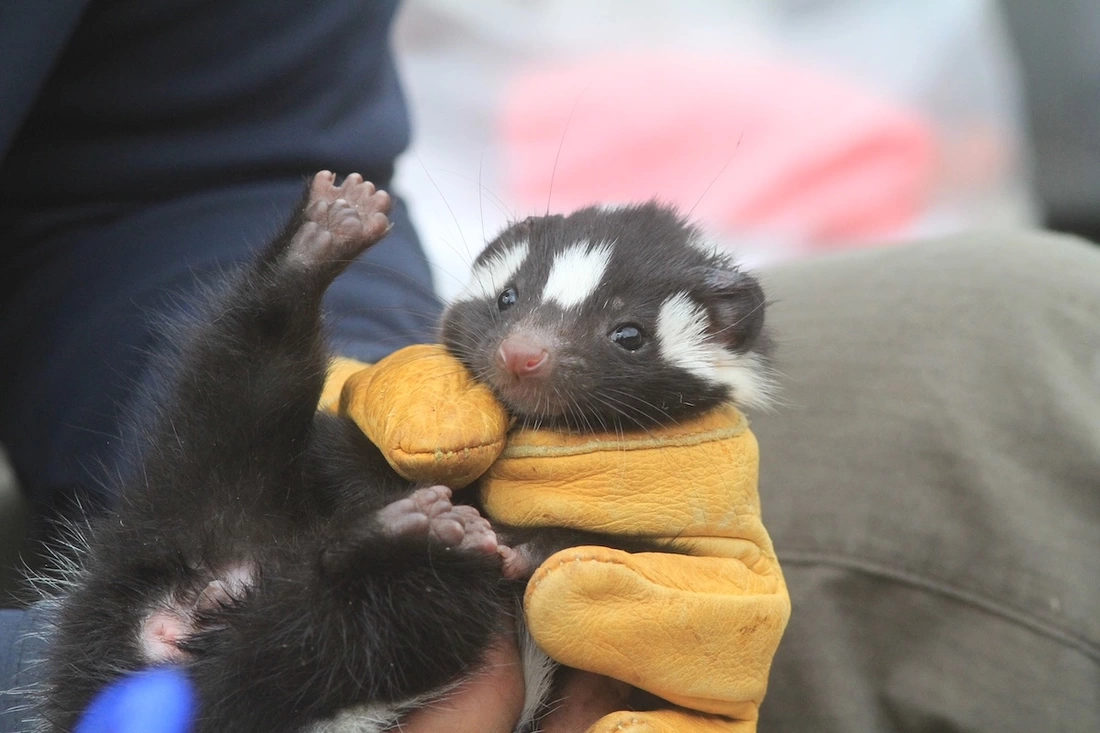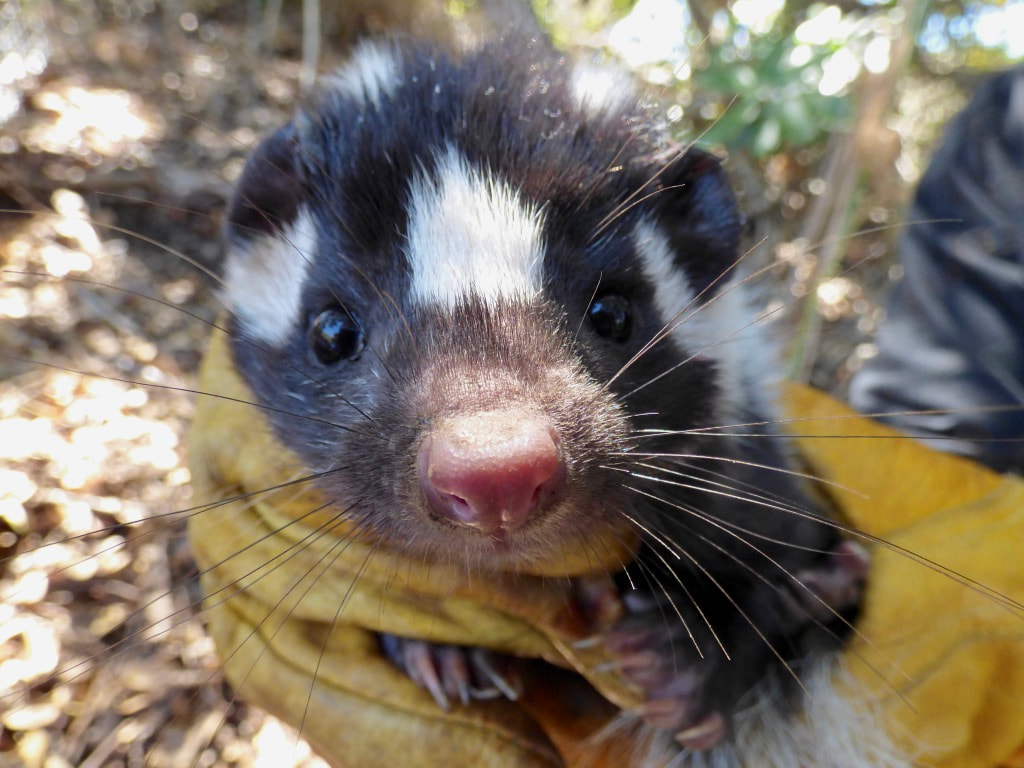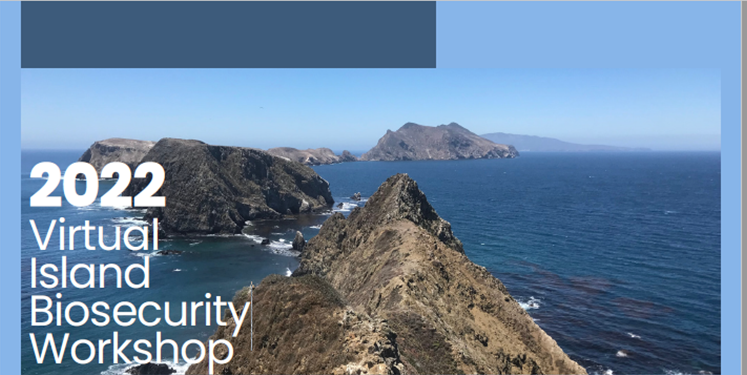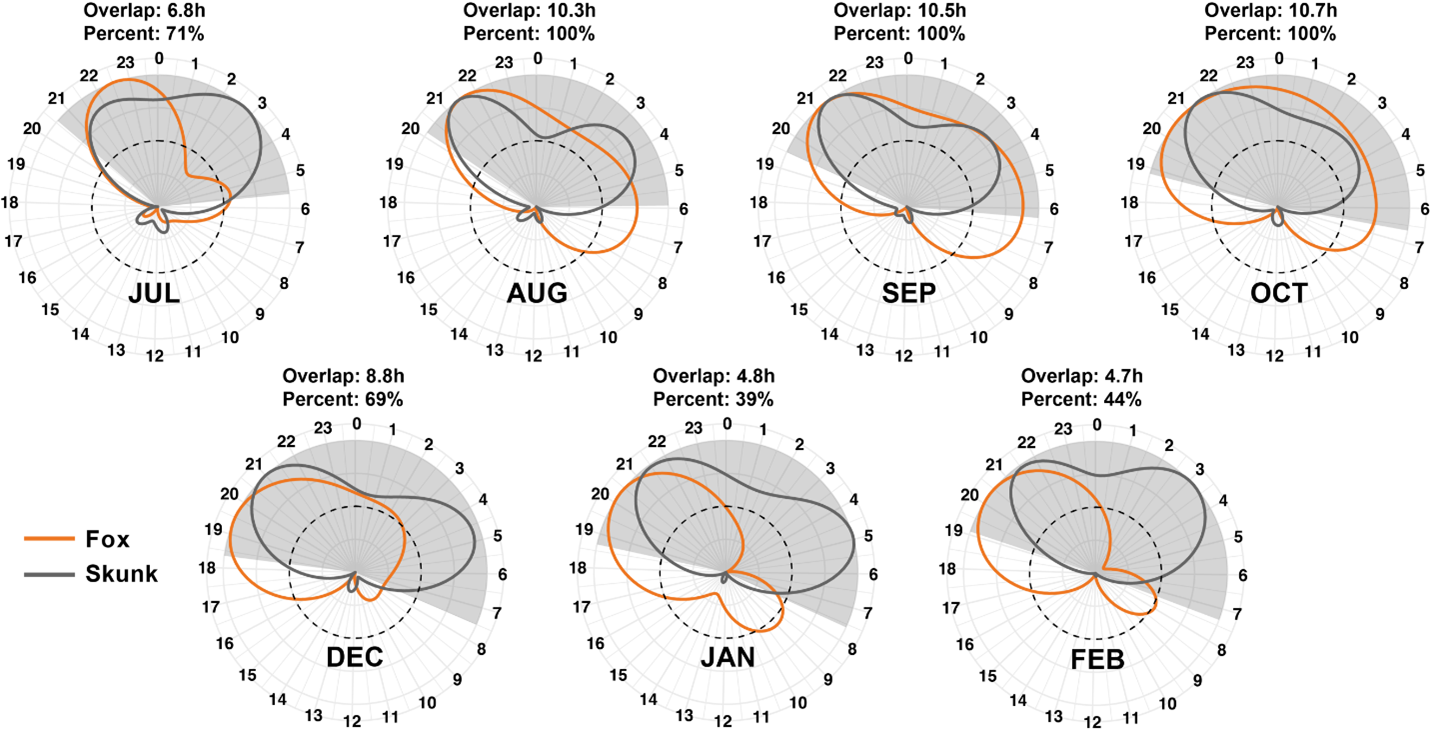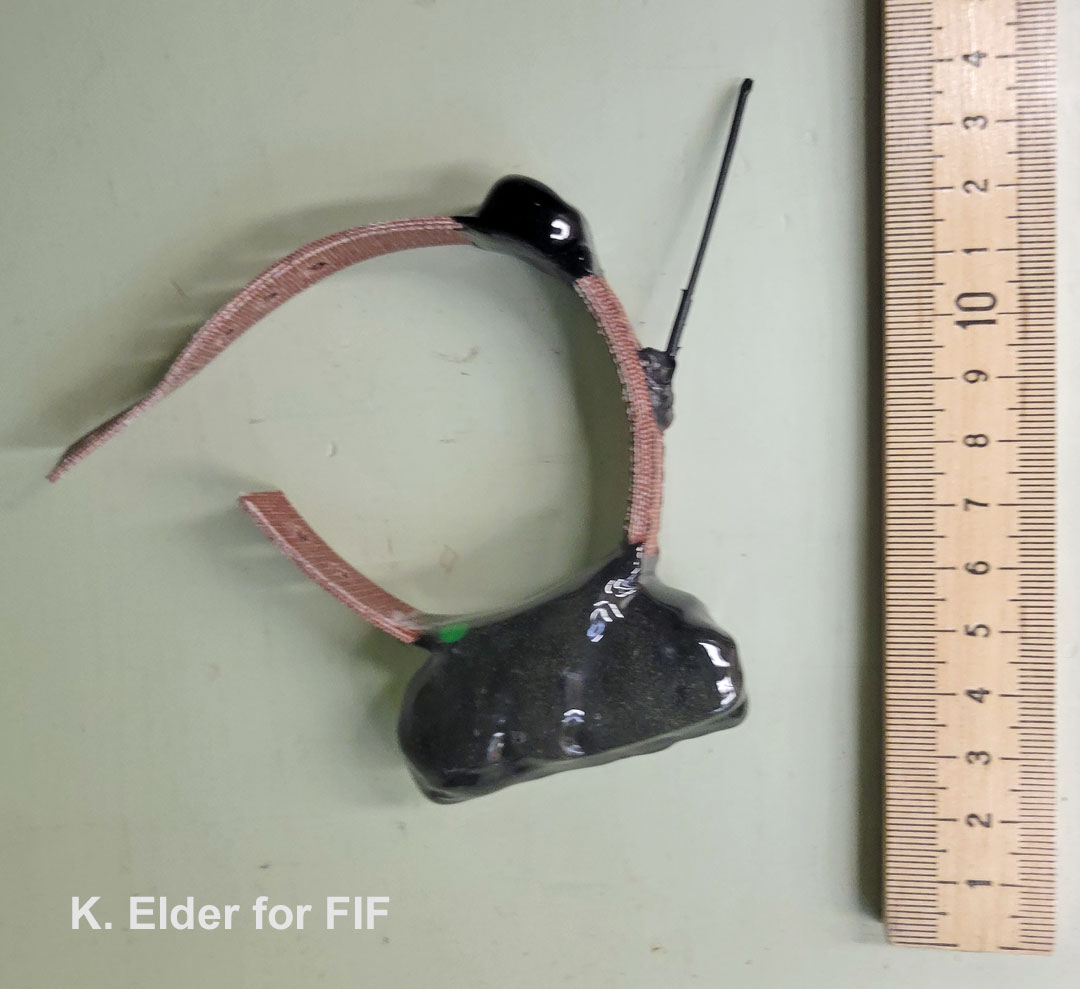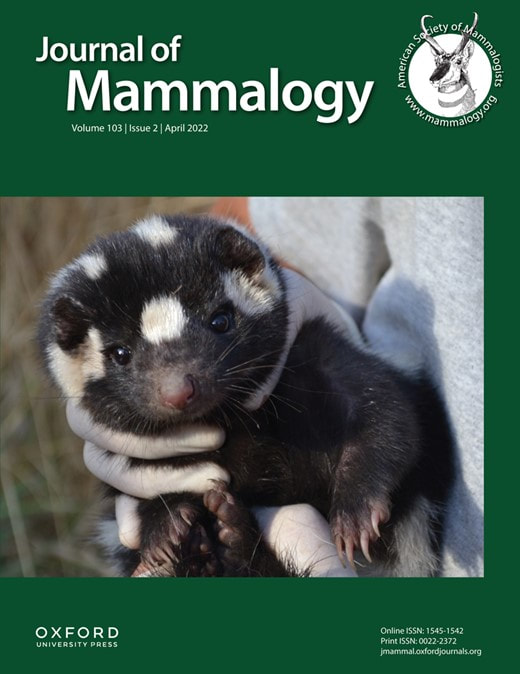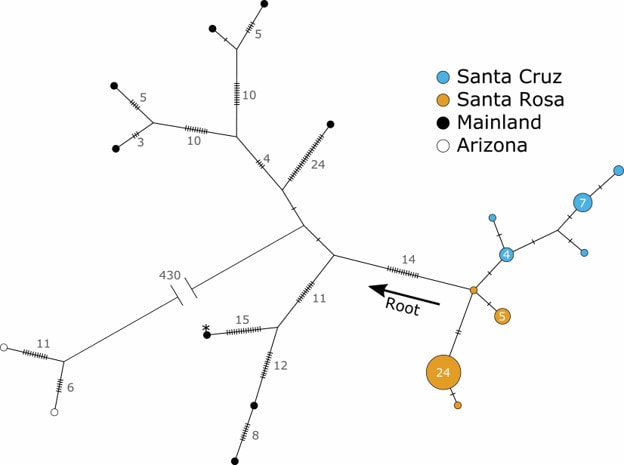|
Chuck Graham has a new short piece in the Carpinteria Coastal View News about his experiences looking for island spotted skunks at Santa Cruz Island's Scorpion Campground.
0 Comments
Check out Juliann Schamel's poster on fox and skunk dietary overlap from the 10th California Islands Symposium!
Island spotted skunks got a write-up in The Santa Barbara Independent!
The California Channel Islands are hosting a free, online island biosecurity workshop on December 6th & 7th, 2022. The workshop is for conservation practitioners, students, researchers, and others with interest in island systems. Click below for more information and to register!
Integrative & Comparative Biology has published a new study demonstrating the extent and seasonality of activity overlap between island foxes and island spotted skunks on Santa Cruz Island. Results show that foxes and skunks overlap in the temporal niche extensively during the summer when average daily temperatures are high, which could mean competition between the species varies on an annual and seasonal basis.
Friends of the Island Fox (FIF) has posted a request for proposals for their annual research grant. FIF recently broadened the scope of their grant to include island spotted skunks.
The Journal of Mammalogy has published a new study that used genetic techniques to determine that island spotted skunks diverged from their mainland ancestors over 9,000 years ago, and that the islands were likely colonized by a single matriline. The study was conducted by several Island Spotted Skunk Working Group members, including Ellie Bolas and Dr. Benjamin Sacks. As a bonus, this edition of JMamm has a photo of an island spotted skunk as the cover image! Check out the paper at the link below.
|
|
